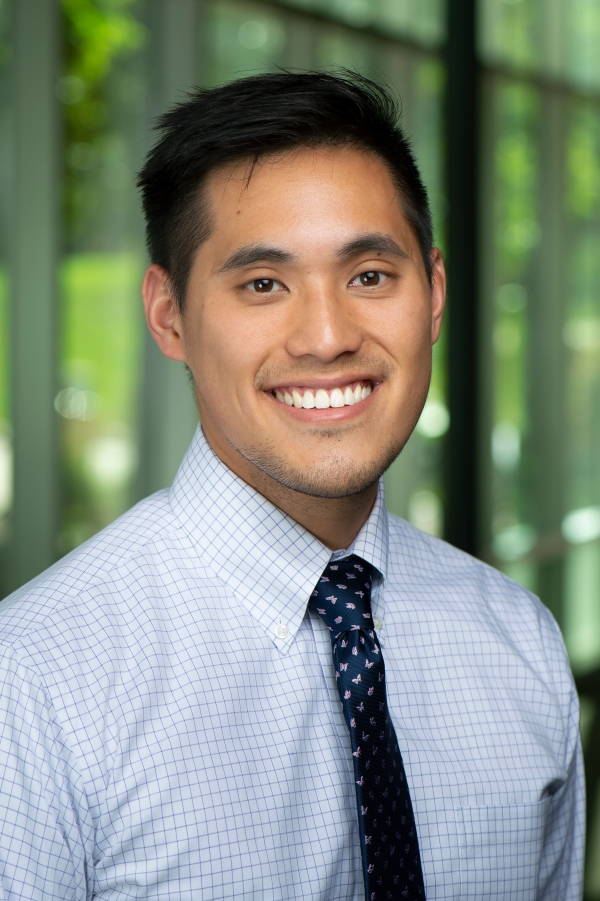National Jewish Health Researchers Coin New Term ‘Silicosarcoidosis’ to Define Distinct Occupational Lung Disease
 DENVER - In a groundbreaking study led by a multinational team of experts, researchers at National Jewish Health and their collaborators in Colorado, Illinois, Taiwan and Israel have introduced a new term to the medical lexicon: silicosarcoidosis. This novel designation describes cases where patients’ lung tissue exhibits overlapping features of both silicosis and sarcoidosis, two serious pulmonary diseases linked to occupational exposure to respirable crystalline silica (RCS) commonly found in construction, mining, and engineered stone fabrication.
DENVER - In a groundbreaking study led by a multinational team of experts, researchers at National Jewish Health and their collaborators in Colorado, Illinois, Taiwan and Israel have introduced a new term to the medical lexicon: silicosarcoidosis. This novel designation describes cases where patients’ lung tissue exhibits overlapping features of both silicosis and sarcoidosis, two serious pulmonary diseases linked to occupational exposure to respirable crystalline silica (RCS) commonly found in construction, mining, and engineered stone fabrication.Just published in the American Journal of Industrial Medicine, the study represents the first large case series to definitively characterize silicosarcoidosis through lung biopsy. The findings carry major implications for disease recognition, clinical treatment and occupational health policy.
“By coining the term silicosarcoidosis, we hope to improve identification and diagnosis of this under-recognized condition,” said Jeremy Hua, MD, lead author of the study and occupational pulmonologist at National Jewish Health. “Our work underscores the need for clinicians to consider occupational exposures when evaluating patients with sarcoidosis-like lung disease, especially those in high-risk professions.”
The research analyzed 35 patients from the United States, Israel and Taiwan with confirmed sarcoidosis and long-term occupational exposure to RCS.
Lung tissue analysis revealed that the majority of these patients exhibited classic features of both silicosis and sarcoidosis.
Sarcoidosis, a systemic inflammatory condition of unknown origin, is increasingly being linked to environmental and occupational exposures. However, exposure histories are rarely sought during clinical evaluation. The study’s authors argue that the term silicosarcoidosis can help bridge this gap by acknowledging silica exposure as a significant and modifiable risk factor in some patients with sarcoidosis.
A quantitative microscopy technique developed by Dr. Hua’s research team measured significantly elevated dust particle densities in lung tissue, confirming the overabundance of silica compared to healthy controls.
The findings revealed a higher diagnostic yield in larger biopsy samples, suggesting that standard small lung tissue samples may miss key evidence of silica exposure.
“This study brings much-needed clarity to the overlap between two complex lung diseases and reaffirms the critical role of an exposure history in pulmonary diagnosis,” said Cecile Rose, MD, senior author of the study and occupational pulmonologist at National Jewish Health. “The introduction of silicosarcoidosis marks a pivotal step in considering both treatment approaches and preventive strategies, especially in pulmonary clinical practice.”
Multiple National Jewish Health faculty contributed to the study, highlighting the institution’s leadership in pulmonary research and commitment to advancing care for patients with occupational and environmentally induced lung disease.
National Jewish Health is the leading respiratory hospital in the nation delivering excellence in multispecialty care and world class research. Founded in 1899 as a nonprofit hospital, National Jewish Health today is the only facility in the world dedicated exclusively to groundbreaking medical research and treatment of children and adults with respiratory, cardiac, immune and related disorders. Patients and families come to National Jewish Health from around the world to receive cutting-edge, comprehensive, coordinated care. To learn more, visit njhealth.org or the media resources page.
Media Resources
We have many faculty members, from bench scientists to clinicians, who can speak on almost any aspect of respiratory, immune, cardiac and gastrointestinal disease as well as lung cancer and basic immunology.
Media Contacts
Our team is available to arrange interviews, discuss events and story ideas.
- Jessica Berry
303.398.1082 office
303.807.9491 mobile
berryj@njhealth.org - Adam Dormuth
303.398.1002 office
970.222.5034 mobile
dormutha@njhealth.org
